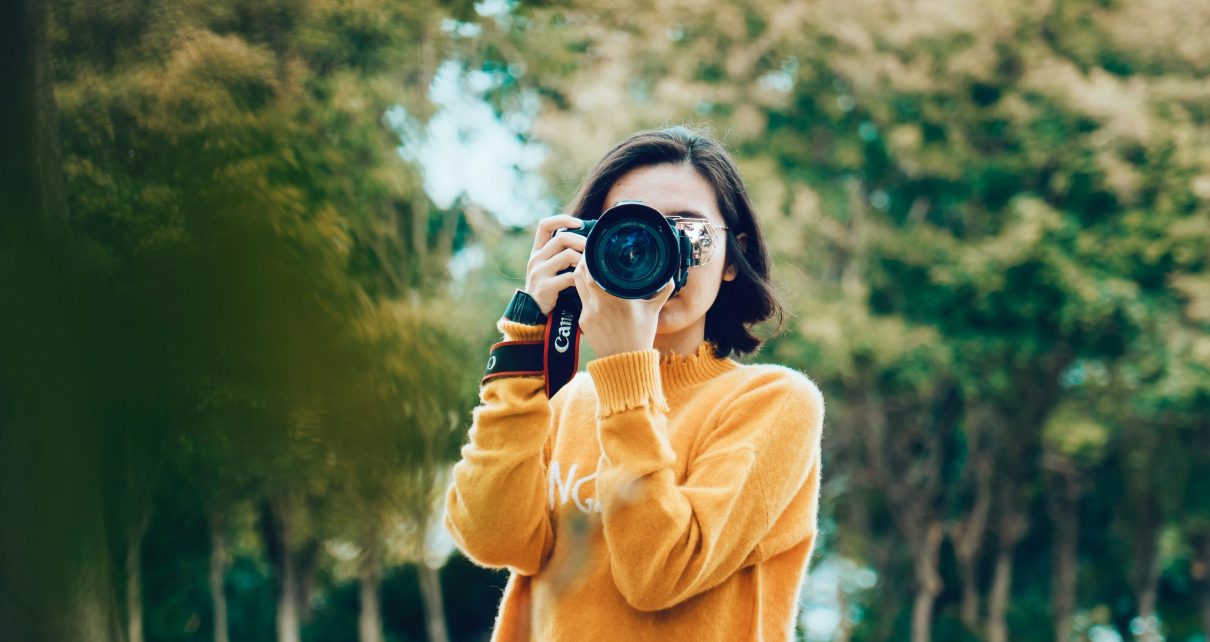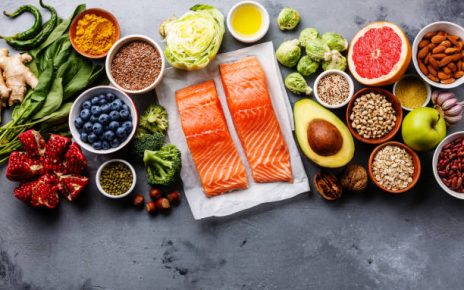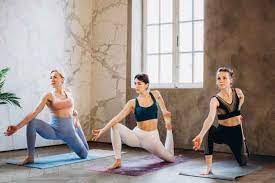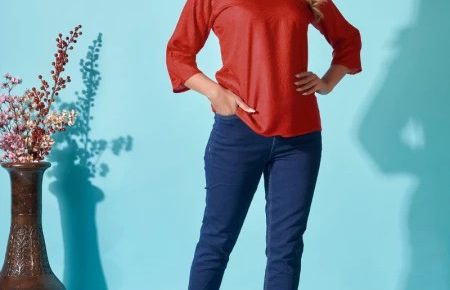When I started taking pictures indoors, I struggled with the general lighting, nuances, and bright and airy expressions seen in the work of other professional Venice Wedding Photographers.
If you’re reading this now, keep reading …
I will share with you the secrets of perfect indoor photography.
Drawing can be a challenge, but it can also be very exciting.
What is indoor photography?
Indoor photography refers to pictures taken indoors: portrait photos, real estate photos or product photos. It may also include art projects such as still life photography or photojournalism.
Each interior is unique and offers different options, but there are some basic principles to keep in mind to make the process smoother.
Here are some tips to help you improve your indoor photography.
1. Camera settings for indoor shooting
Taking pictures indoors usually means less light than outdoors, so you need to meet the camera settings for these conditions.
You need to think about ISO, aperture, shutter speed and white balance.
2. Add a dim ISO
The most common way to increase overall lighting in low light conditions is to increase the ISO setting, but note that this increases the likelihood of noise or sharpness in the image.
However, you can use sketches depending on what kind of work you do. The blade or noise in the image increases the atmosphere of the portrait or detail.
Expert Advice: If you are concerned about irreversible noise in the image, look for “Auto ISO Range” in the camera settings. Setting this range ensures that your camera does not raise the ISO above the maximum setting.
3. Open the opening
One way to increase the lighting without taking pictures indoors is to open the aperture.
This allows more light to pass through the lens and reach the camera’s sensor. Note that a larger aperture reduces the depth of field. This can cause the background to blur.
It is very effective for portraits, delicate details or small objects.
4. Use a slower shutter speed
Another way to increase the overall exposure of indoor photos is to reduce the shutter speed.
Remember to use a tripod for all shutter speeds below 1/60.
Expert Advice: Set the camera’s aperture to priority mode (Av on Canon, A on Nikon). This setting allows you to adjust the aperture and the camera adjusts automatically to achieve the fastest shutter speed.
5. Correct the white balance
Modern cameras get the right white balance very well in “white and white balance” mode. However, for best results, I see the best way to adjust the white balance (WB) settings manually.
If you want to shoot in JPG format instead of RAW, WB is especially well set up. JPG saves only limited details about an image, so you lose detail if you adjust a lot of white balance in another post-production.
If you are in a room with indoor lighting and little sunlight, you should adjust the white balance according to the type of bulb (incandescent or fluorescent).
6. Make full use of the window lights
Indoor photography limits the amount of natural light, so one of the easiest ways to increase the amount of light is to look to the next window.




